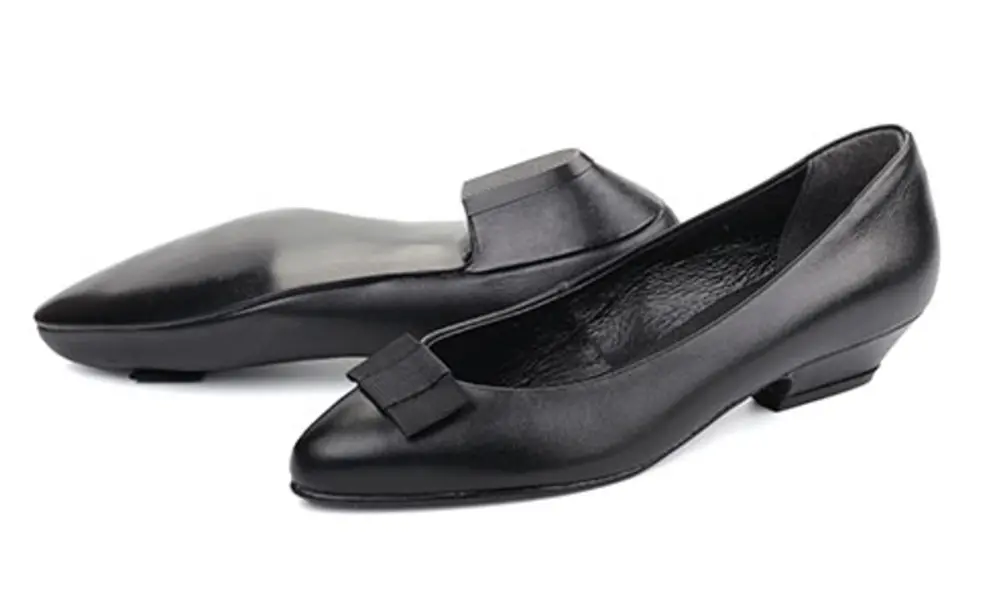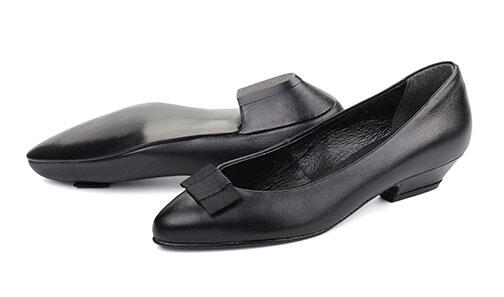Shoes and Respect
Your devoted PAW editors often try to predict how readers will respond to particular articles and images, particularly those involving race, gender, or politics. Sometimes we’re completely wrong: We agonize over the use of a phrase that ends up prompting not even a peep, or readers find disrespect in something we thought innocuous.
Such was the case with the photograph of novelist Jennifer Weiner ’91 on the cover of our Sept. 17 issue. Was the image disrespectful and sexist because it showed Weiner — an advocate for women’s novels — sitting casually, sans shoes?
That wasn’t our intention. But is barefoot bad? Do shoes suggest seriousness? Going barefoot once carried “a whiff of impropriety: You had to have a good excuse ... to let your toes hang out,” wrote Lauren Collins ’02 in The New Yorker in 2006. She reported on a string of business leaders and writers who had kicked off their shoes for photographers, including 60 Minutes icon Mike Wallace, pictured in The New York Times with “pterodactyl-like” feet. Wallace said the photo fascinated people because it conflicted with the image they had of him being “tough, uptight, abrasive, [and] confrontational.”
Others prefer that feet remain shod. Penn State professor Janet Lyon, writing in Footnotes: On Shoes, has argued that shoes — “the fabulous shoe, at least” — should be seen as a “thrilling response to the ambivalence of modernity, to its relentless shuffle between liberation and disciplinization.” (I have never viewed my shoes that way, but maybe that’s because I don’t wear heels.)
As I write this, the day’s Times shows a photograph of the writer Philip Roth sitting in a reading chair, holding a book. Tan pants. Gray sweater. One foot is pictured, but where his shoe normally would be, there is only a white athletic sock. He looks comfy and confident. Weiner did, too.













No responses yet